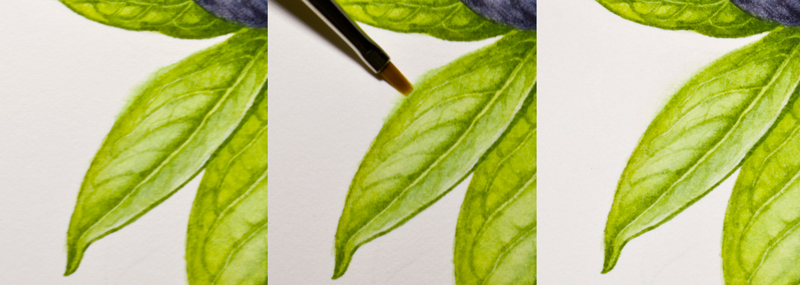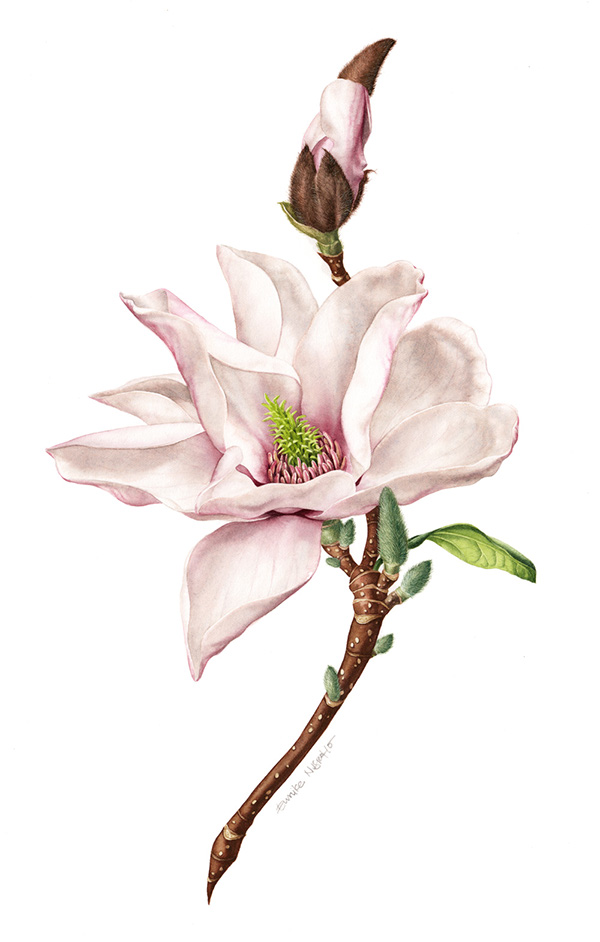
I
worked on some illustrations for
Codorníu S.A. under the direction of Miquel Capo of
Xavier Bas Disseny, generally in 2 steps. First, I blocked all the designated spaces with wet washes. And, later, I built up the figure with many layers of
fur and feathers, using a very dry brush strokes.
I painted them mostly in dry brush in order to imitate the paintings style of
Mr Alexander Marshal, an English entomologist, gardener, and botanical artist from XVII century.

I
was not used to work with dry brush. I did it by trial and error. When
I worked on "El Pispa," the goldfinch bird illustration, I got quite frustrated with how long it
took to build up the body of the bird with a small round brush. I even wore
out my two favourite brushes. Fortunately, I bought 2
comber brushes from Rosemary afterward, which I used to work on the next illustration, "La Pelea." The brush has unique
shape that can create many tiny strokes at once. It made the work of painting the furs much
quicker and easier.
Some insight I gained in the process:
1. Adjust the dryness on a different paper to create separated fur at once.
2. Combine the round and comber brushes for natural variability. I used a comber brush for wide
area and a round brush to put down some details or correct the stray
lines made by the comber brush.
3. Follow the fur direction and control the pressure. I lifted the brush up at the end of the stroke to make pointy furs/hairlines.
4. Since I didn't use white paint, I started from light and moved to dark colour. The highlights were effected by making fewer strokes on the area while adding more layers on the shadows.
I know the illustrations was not a perfect sample of realistic painting but I believe these comber brushes can greatly help to make it happen.
And here is the scanned illustration of La Pelea for Codorníu S.A. Enjoy!
























